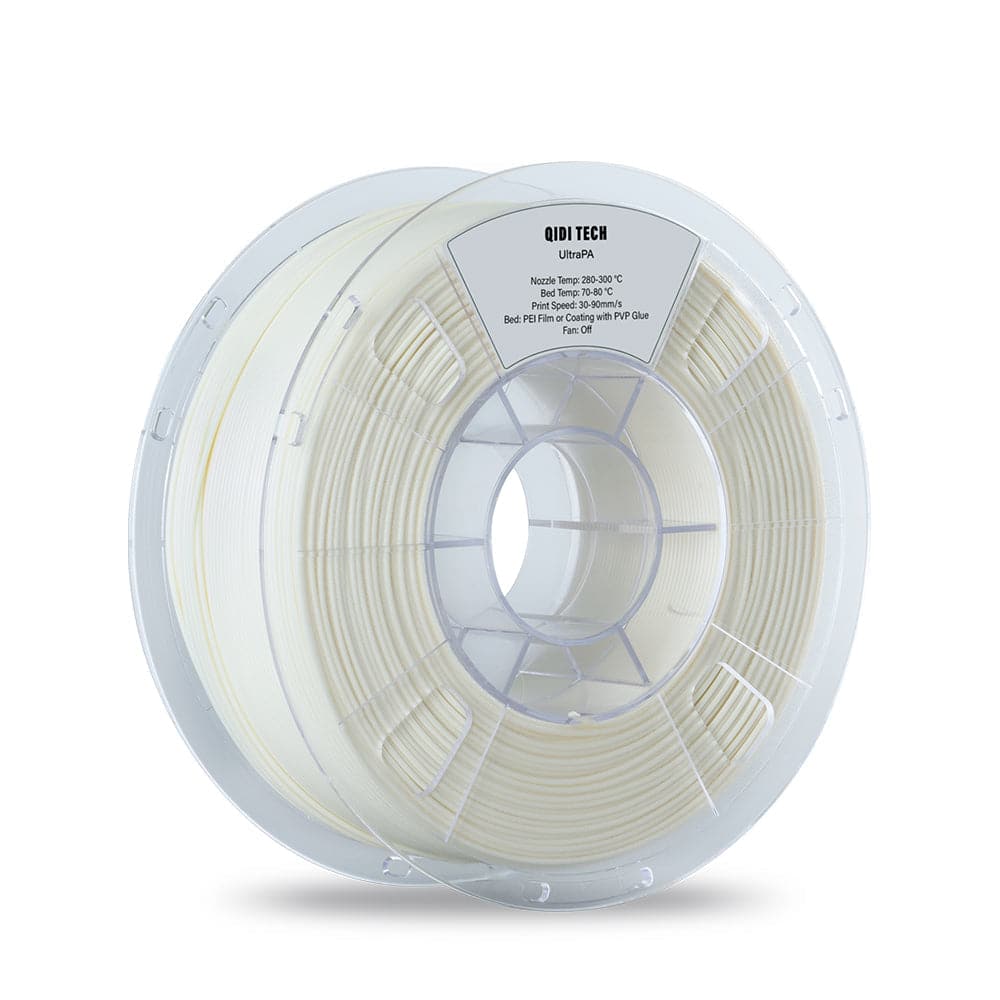Unlocking the Secrets of Nylon Filament: Transform Your 3D Printing Game!
Nylon filament has emerged as a game-changer in the realm of 3D printing, capturing the attention of hobbyists and professionals alike. As 3D printing continues to gain traction across various industries, the choice of material becomes pivotal in achieving desired results. Nylon, a synthetic polymer known for its exceptional properties, stands out as a versatile option for a range of applications. In this article, we will delve into the intricacies of nylon filament, exploring its composition, properties, applications, and the myriad benefits it offers to users. Whether you’re a seasoned 3D printing expert or just starting your journey, understanding nylon filament will undoubtedly enhance your printing game.

Understanding Nylon Filament
Nylon filament is a type of thermoplastic made from polyamide, a synthetic polymer that is renowned for its strength and elasticity. The chemical composition of nylon includes repeating units of amide groups (-CONH-), which contribute to its unique properties. In the context of 3D printing, several types of nylon are commonly utilized, including Nylon 6, Nylon 6-6, and Nylon 12. Each type of nylon has distinct characteristics; for instance, Nylon 6 is known for its excellent toughness and flexibility, while Nylon 12 offers improved moisture resistance and lower warping tendencies. Understanding the specific type of nylon filament you are using is crucial to achieving optimal printing results and ensuring the longevity of your printed parts.
Properties of Nylon Filament
Nylon filament boasts a range of impressive properties that make it a favored choice among 3D printing enthusiasts. One of its most notable characteristics is its high tensile strength, which allows printed objects to withstand significant forces without fracturing. Additionally, nylon exhibits remarkable flexibility, enabling it to bend and stretch without breaking, making it ideal for applications that require durable yet pliable parts. Another essential property is its durability; nylon is resistant to abrasion and wear, ensuring that printed items maintain their integrity over time. Temperature resistance is also a key factor, as nylon can withstand higher temperatures compared to many other common 3D printing materials. However, it’s important to note that nylon has a tendency to absorb moisture from the environment, which can impact its printing performance and the final quality of the printed object.
Applications of Nylon Filament in 3D Printing
The applications of nylon filament in 3D printing are vast and varied, spanning numerous industries. In the automotive sector, for instance, nylon is often used to create lightweight yet robust parts, such as brackets and clips, which can enhance vehicle performance and fuel efficiency. The aerospace industry also benefits from nylon’s properties; components made from nylon filament are utilized in creating prototypes and lightweight structural parts that require high strength-to-weight ratios. In the consumer goods sector, nylon is popular for producing durable items like tools, toys, and sporting equipment. A personal anecdote comes to mind when my friend, an avid 3D printing enthusiast, shared his experience of successfully printing a custom nylon drone frame. He was amazed at how the nylon’s strength allowed for a lightweight design that could withstand the rigors of flight. The versatility of nylon filament in these applications illustrates its potential to revolutionize manufacturing processes.
Benefits of Using Nylon Filament
Nylon filament offers a plethora of benefits that make it an attractive choice for 3D printing. One of the standout advantages is its exceptional print quality, resulting in smooth finishes and fine details, which are particularly important for intricate designs. The mechanical properties of nylon, including its strength and flexibility, ensure that printed parts can perform under stress, making them suitable for functional prototypes and end-use products. Moreover, when compared to other common 3D printing materials like PLA or ABS, nylon provides superior performance in terms of durability and resistance to wear. Although nylon may have a slightly higher cost, its longevity and performance make it a cost-effective option in the long run, especially for applications requiring high-stress components.
Final Thoughts on Nylon Filament
In summary, nylon filament stands out as a powerful material in the 3D printing landscape, thanks to its unique properties and versatility across various applications. From automotive and aerospace to consumer goods, the potential of nylon filament is vast, offering users the ability to create durable, flexible, and high-quality printed parts. As you consider materials for your next 3D printing project, nylon filament should undoubtedly be on your radar. Embrace the advantages it offers and unlock new possibilities in your 3D printing journey. Whether you’re looking to enhance your creations or explore new applications, nylon filament can transform your printing endeavors!







